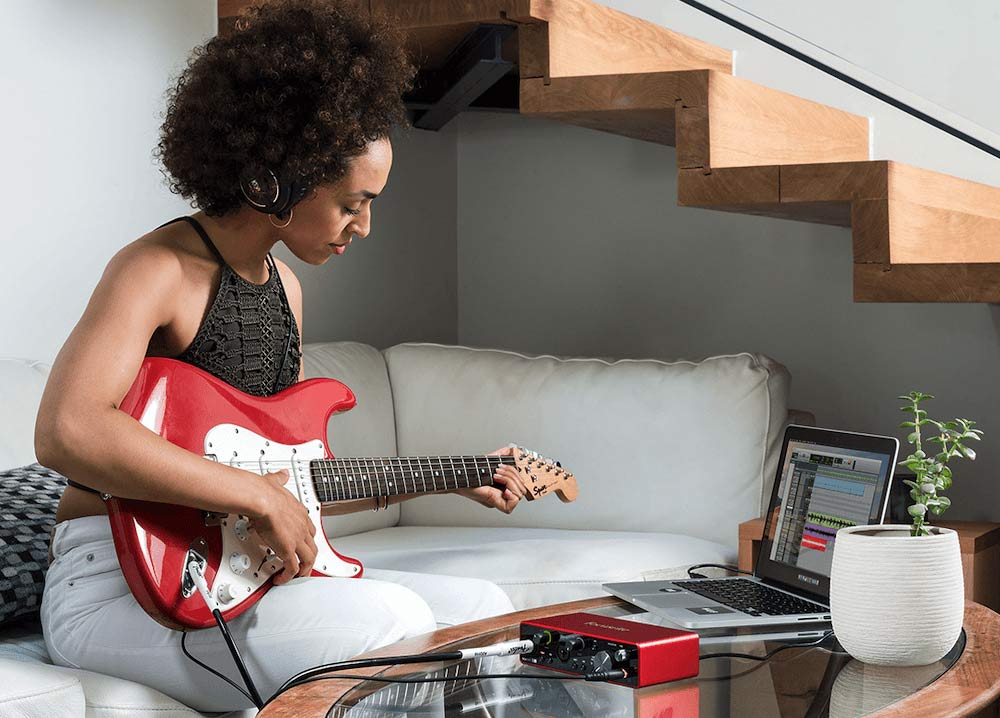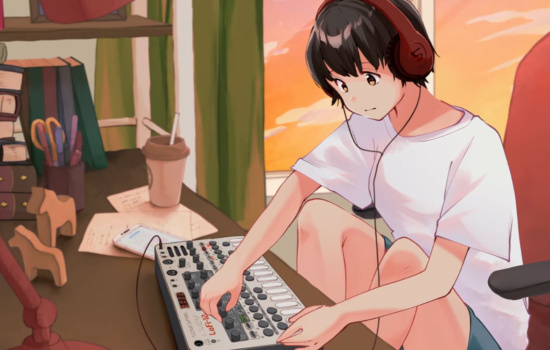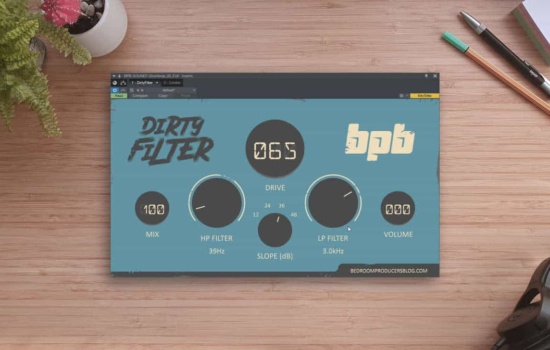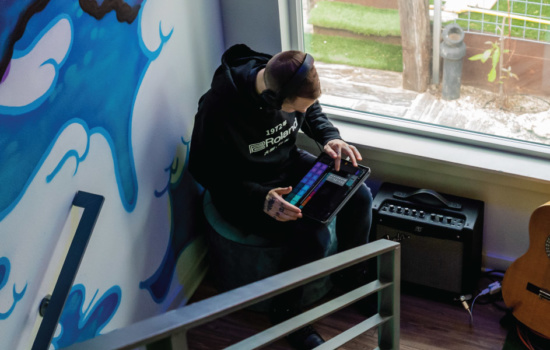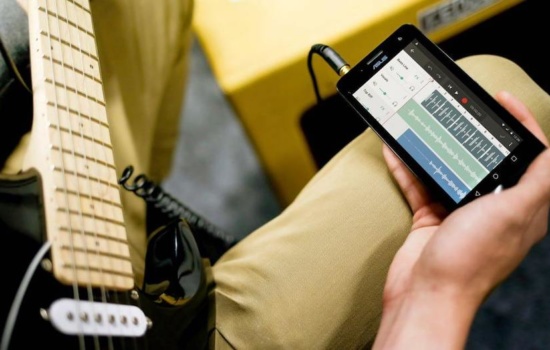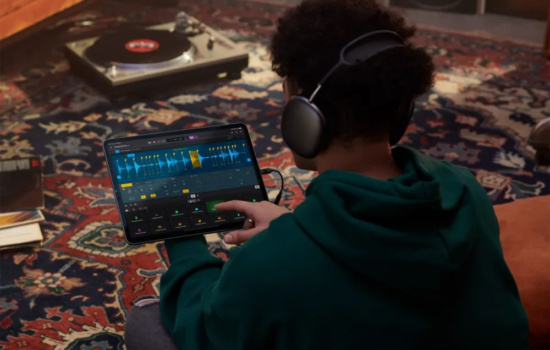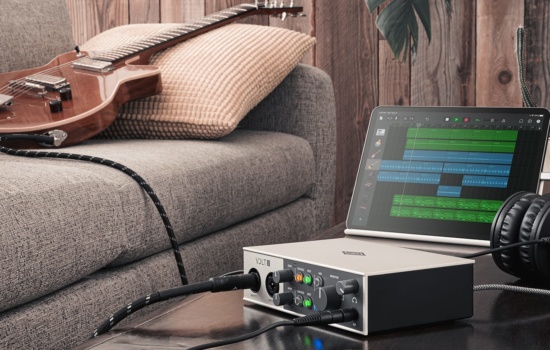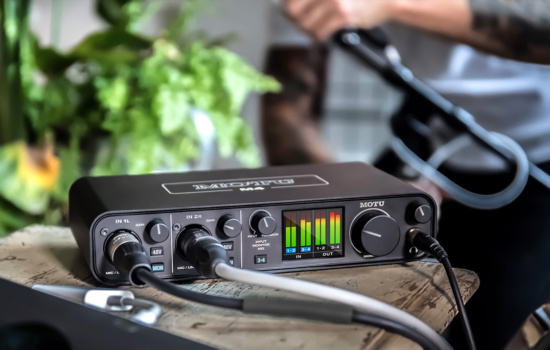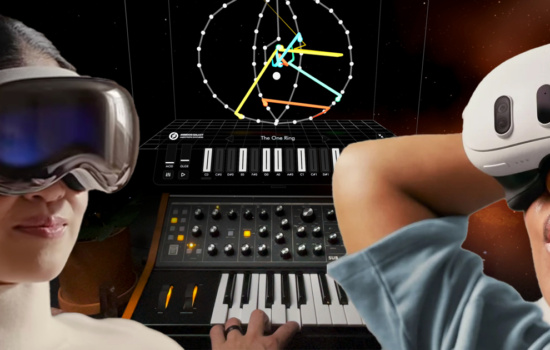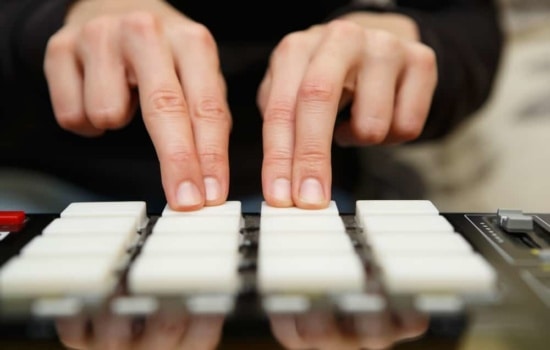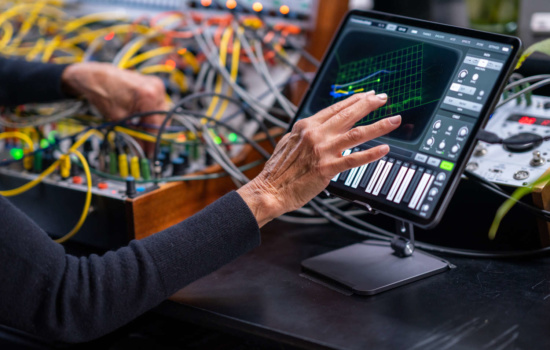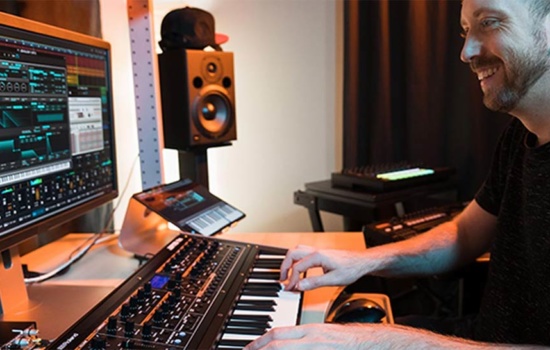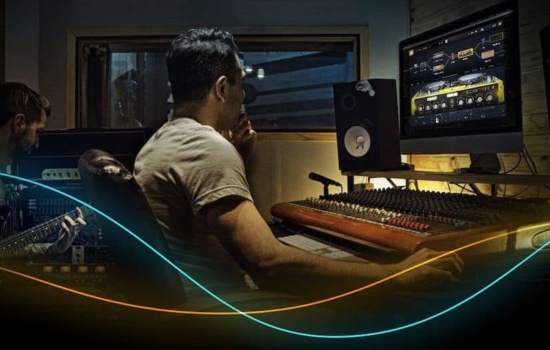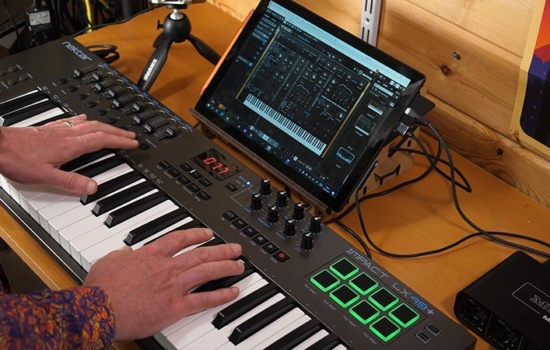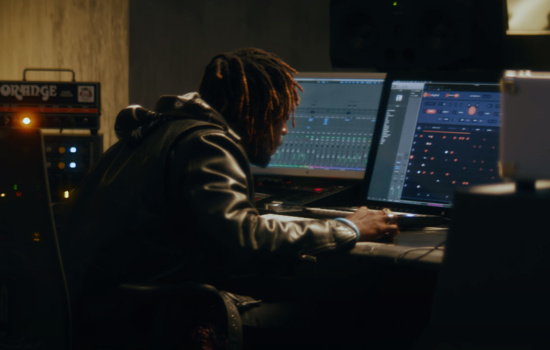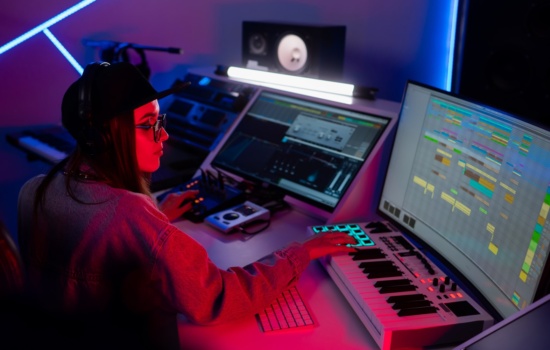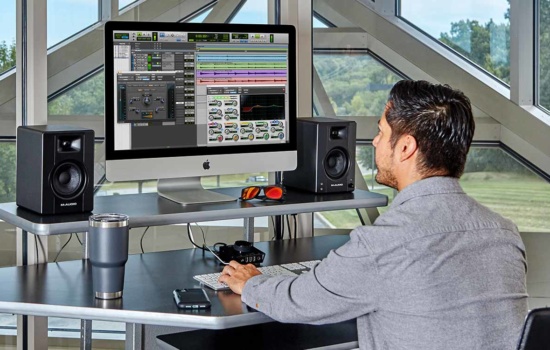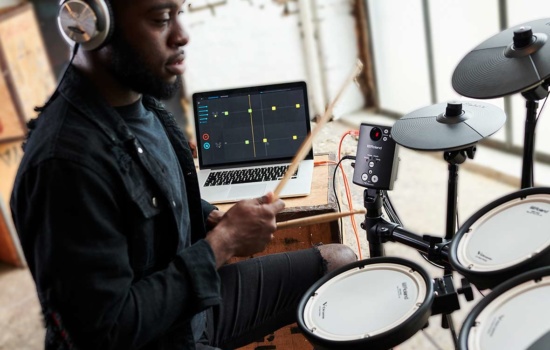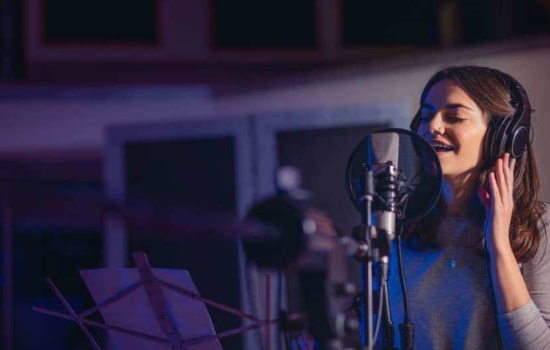Does a cheap audio interface affect sound quality?
Yes, it inevitably does to some degree because a lot of the cost of an audio interface is in the converters that change the analog audio into digital audio. However, even simple, cheap and poorly made audio interfaces will do a good job of recording these days. The technology inside is mature and of a decent quality even when using off-the-shelf components. If you’re on a budget then compromises will always have to be made but there’s no reason why you can’t capture a professional recording on a cheap audio interface.
What type of audio interface is more budget friendly?
In terms of computer connection type then USB is the simplest and cheapest connection to your computer. Other connections like Thunderbolt or Lightning will cost more because the connection is less widespread.
What is a good audio interface for beginners?
For a budget interface go for the M-Audio M-Track 2×2. It’s simple, comes with some good software and is really easy to use. All the controls are nicely laid out and accessible and you’ll be up and running in no time at all. It’s a great place to start.
